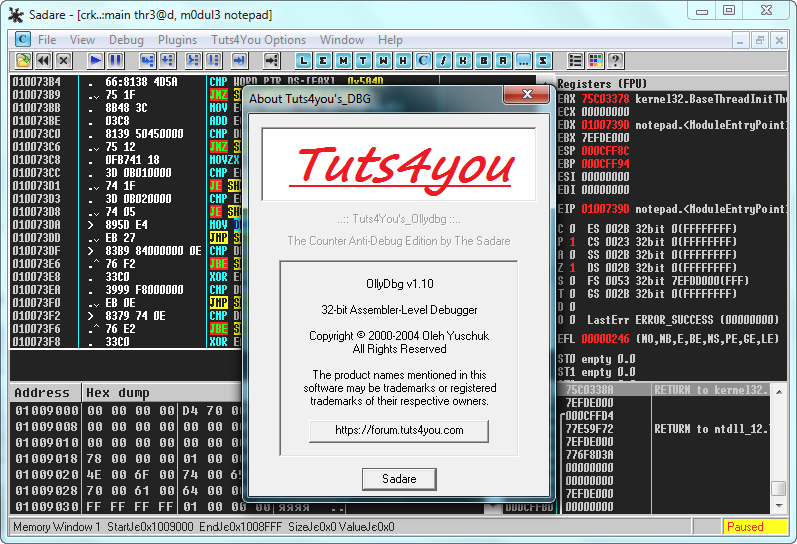
SafeDisc will permit this as long as the consumer retains the original CD or DVD, which is required for authentication each time the program is launched. (For example, it might change as a result of error correction during the copying process.) Certain multimedia programs are designed to run from the PC’s hard drive without accessing files from the program disc after the initial installation. The SafeDisc signature is designed to be difficult to copy or transfer from the original media. Once verification has been established, the sequence is complete and the program will start normally. The authentication process takes about 10 to 20 seconds. Each time a SafeDisc-protected program runs, the SafeDisc authenticator performs various security checks and verifies the SafeDisc signature on the optical media. Operation SafeDisc adds a unique digital signature to the optical media at the time of replication.
Unsafedisc v2 Patch#
However, each program requires a specific patch to enable full functionality. UnSafeDisc circumvents and decrypts SafeDisc encrypted files by opening the ICD file format, decrypting it, and converting it to an EXE file. All SafeDisc encrypted discs contain an ICD file, an encrypted format used by SafeDisc to ensure that the original CD is loaded.
Unsafedisc v2 archive#
Another potential attack on SafeDisc is to pull the encrypted application out of the archive it is contained in.
Unsafedisc v2 install#
SafeDisc currently blacklists such software, meaning that those who want to use this method must install additional software to cloak the mounter examples include CureRom and Y.A.S.U. Circumvention Previous versions of SafeDisc were overcome by disc image emulator software such as Daemon Tools and Alcohol 120%.
Unsafedisc v2 update#
Support for SafeDisc on earlier versions of Windows was withdrawn upon the release of update number 3086255 in 2015. Microsoft said that supporting SafeDisc could have been a possible loophole for computer viruses to exploit. Withdrawal of support Shortly after the release of Windows 10, Microsoft announced that games with SafeDisc DRM would not run on the operating system, citing security concerns over the software due to the way in which it becomes “deeply embedded” in the system. Recent versions 2.9+ could produce discs that are difficult to copy or reverse engineer, requiring specific burners capable of emulating the “weak sectors” and odd data formats that are characteristic of SafeDisc. The early versions of SafeDisc did not make the discs very difficult to copy. The current revision is marketed as SafeDisc Advanced. Each one has the goals of making discs harder to copy. History There have been several editions of SafeDisc over the years. SafeDisc Developer(s) Macrovision Corporation (1999-2007) Trymedia (2008-2009) Initial release 1998 (1998) Stable release 4.90.010 / () Operating system Microsoft Windows Platform x86 Available in English Type Copy protection Although the stated use is to prevent piracy, many, including the Electronic Frontier Foundation, believe it is used to restrict one’s fair-use rights.

The program was first introduced in 1998, and was discontinued on March 31, 2009.

Created by Macrovision Corporation, it aimed to hinder unauthorized disc duplication. SafeDisc SafeDisc was a copy protection program for Microsoft Windows applications and games that are distributed on optical disc. Its Meaning Found in the Glossary of Legal Terminology Terms


 0 kommentar(er)
0 kommentar(er)
